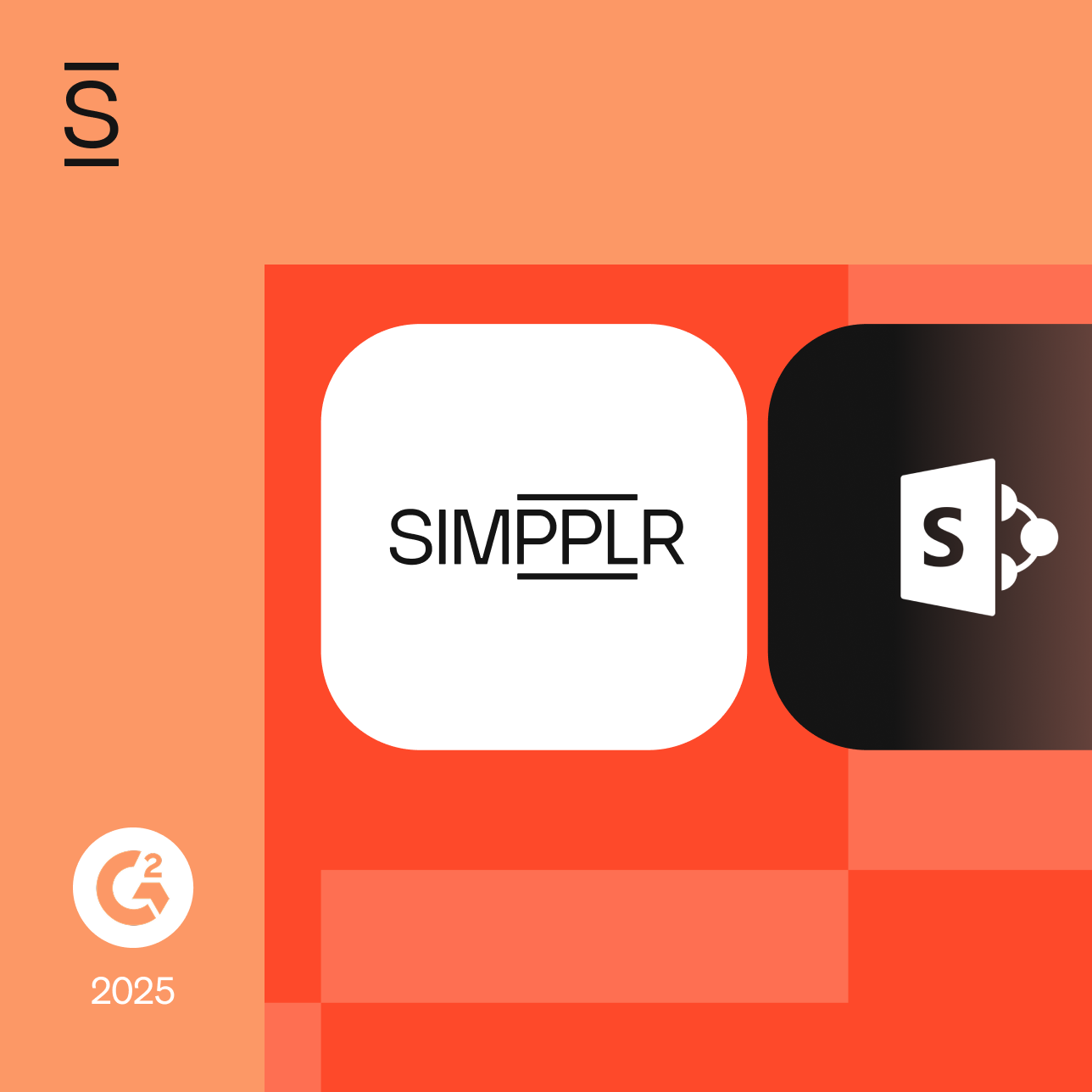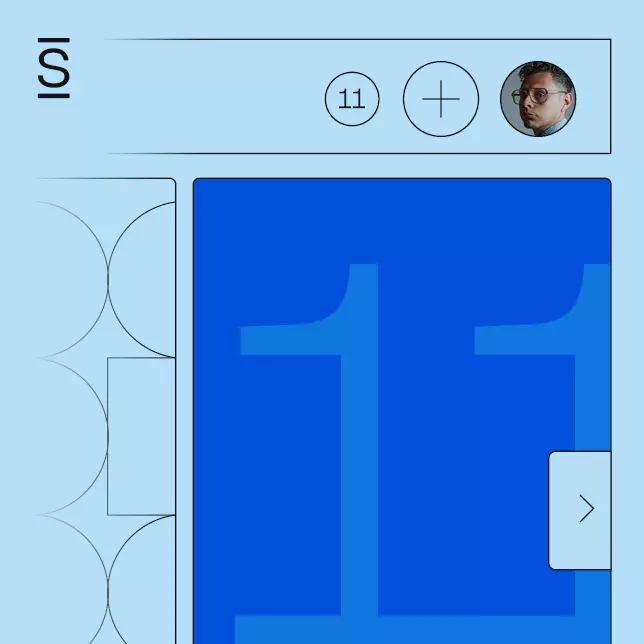One of the fundamental roles of the intranet is to help employees find the everyday information they need, as quickly and easily as possible. An intranet where employees can’t find items they need is failing in its purpose.
It can have a negative impact, lead to reduced productivity and even impair the ability of employees to carry out their roles effectively.
There are certain things you can do to improve and maintain “searchability”. Searchability is a word often used in intranet circles to describe the ease with which employees can find what they need. In practice a mixture of different approaches to improving searchability is most effective.
Here are ten ways you can help employees find what they need on your intranet:
1. Manage search
In many organizations, intranet teams turn on their search tools and leave it at that. Typically there are ways to tweak, fine-tune and actively manage search in order to improve accuracy, however.
Depending on which search tool you use, there may be settings you can change, such as adjusting weightings or adding items such as best bets. This is quite a specialist area so you may need to draft the help of an expert to do this, or take some time to learn the capabilities of your search tool. Whatever you do, you can use analytics and user feedback to inform improvements around search.
2. Create an employee-centric navigation
Does your intranet navigation reflect the way your users think and the tasks they need to complete? Badly organized navigation, based on your company structure, for example, makes it really hard to find content.
Improving your navigation so it aligns to the way employees think and uses familiar terms really improves findability. It gets even better if you undertake testing with users to make improvements. There is a wealth of information available on the web about different techniques you can use to develop a user-centered navigation.
3. Add personal favorites and bookmarks
Many intranets allow users to add their own personal favorites and bookmarks in a prominent place such as the homepage. This can really help employees link to the key resources they need to use every day, and makes the intranet a more personal, useful and relevant channel.
4. Encourage tagging from publishers and users
Tagging content and conversations with relevant keywords can help make these items more findable, either through your standard search facility or, for example, searching conversations using hashtags. Getting site and community managers to lead by example can encourage content owners and community members to tag content to make their own contributions more findable.
5. Archive sites and content
Having too much out-of-date or irrelevant content makes it much harder for employees to find important and relevant items. Enforcing archiving policies to remove out-of-date content and sites will help improve findability. In reality, to remove old items you may also need to initiate the occasional clean-up initiative.
6. Populate employee profiles
On any intranet, employees are often looking for experts on particular topics, wishing to connect with another contact, or need to find out more information about a colleague. Individual employee details are key pieces of content that other people want to find. Getting employees to complete their individual profiles in the employee directory will help connect people across your social intranet.
7. Have a consistent site layout
In practice your intranet will have a number of different sites, sections, groups and communities, all of which are likely to be controlled by different people across your organization. If these sites are all very different in the way they look and are laid out, it will be harder for employees to navigate around them. A degree of consistency between sites allows users to locate the items they need more quickly. Site templates and educating site managers helps drive that consistency across your intranet.
8. Structure pages
Sometimes employees are looking for a single piece of information which is buried within a page. Giving content pages a logical structure with headings, hyperlinks and summaries will help employees find what they need more quickly. Avoiding superfluous text is also good for searchability.
9. Signpost and spotlight content
Highlighting, surfacing and promoting important and popular content on the homepage and in other high profile or relevant areas makes it more visible. If this can be personalized to the user to make it more relevant for each individual, even better.
There are multiple ways to highlight content, some of which will depend on the capabilities of your intranet. These include lists of suggested and related content based on user attributes or the subject matter, lists of the most popular content, activity streams and news feeds, as well as general promotional items.
10. Create additional navigation aids or specific areas
Beyond your search and main intranet navigation, you can also create additional aids to help employees find what they need. Common examples include an A-to-Z index of themes and sites, a catalogue of applications used across the enterprise, a list of all communities or an area where all organizational key documents are collected. These curated areas will all help with findability.
It’s worth the effort!
Searchability on your intranet is important. Using some of the approaches above will help employees find items more quickly, increasing productivity and reducing user frustration. When small time savings are multiplied across a large number of employees, it can help to justify the time and cost involved in making improvements. It’s possible you may need to get specialists involved, or that some of our suggestions won’t make a difference overnight. It’s really worth being persistent with your efforts, however. Improved searchability means a better intranet that delivers real value for employees and your organization.

















